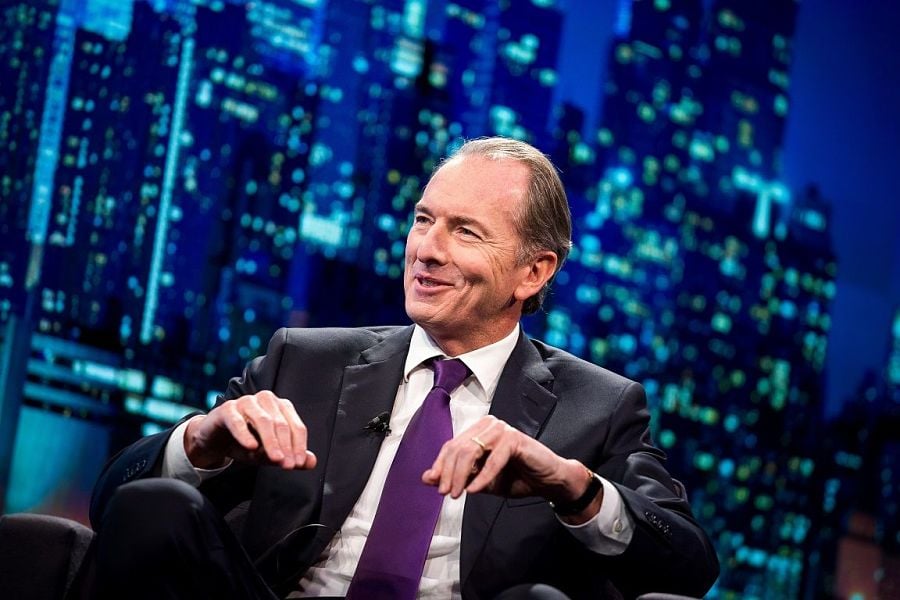

Morgan Stanley Chief Executive James Gorman leaped past JPMorgan Chase & Co.’s Jamie Dimon to become the best-paid CEO of a major U.S. bank.
Morgan Stanley boosted Gorman’s pay 22% to $33 million for 2020, when the Wall Street bank posted its third consecutive year of record earnings.
His pay includes $1.5 million in salary and a $7.88 million bonus, the firm said Friday in a filing. The vast majority is in the form of $23.6 million in long-term awards, which pay out in shares and are partially tied to return-on-equity and shareholder-return targets.
JPMorgan, the largest U.S. bank, kept Dimon’s total compensation unchanged at $31.5 million for his work in 2020.
Gorman’s bank is fresh off another year of record earnings and carried out two of the largest deals by a top Wall Street bank. The accompanying stock surge lifted its market value past $130 billion, or nearly 30% more than Goldman Sachs Group Inc.
The Morgan Stanley chief took a surprise pay cut for 2019 amid record revenues and profit. The decision was tied to cost-cutting efforts and a round of layoffs.
In 2020, Morgan Stanley stuck to its promise of not undertaking job cuts to reassure jittery staff concerned about the course of the pandemic. Some rivals that made a similar pledge changed course as it became apparent that the problems wrought by the virus were likely to outlast their willingness to keep cost-cutting on hold.

A Texas-based bank selects Raymond James for a $605 million program, while an OSJ with Osaic lures a storied institution in Ohio from LPL.

The Treasury Secretary's suggestion that Trump Savings Accounts could be used as a "backdoor" drew sharp criticisms from AARP and Democratic lawmakers.

Changes in legislation or additional laws historically have created opportunities for the alternative investment marketplace to expand.

Wealth managers highlight strategies for clients trying to retire before 65 without running out of money.

Shares of the online brokerage jumped as it reported a surge in trading, counting crypto transactions, though analysts remained largely unmoved.
Orion's Tom Wilson on delivering coordinated, high-touch service in a world where returns alone no longer set you apart.
Barely a decade old, registered index-linked annuities have quickly surged in popularity, thanks to their unique blend of protection and growth potential—an appealing option for investors looking to chart a steadier course through today's choppy market waters, says Myles Lambert, Brighthouse Financial.
